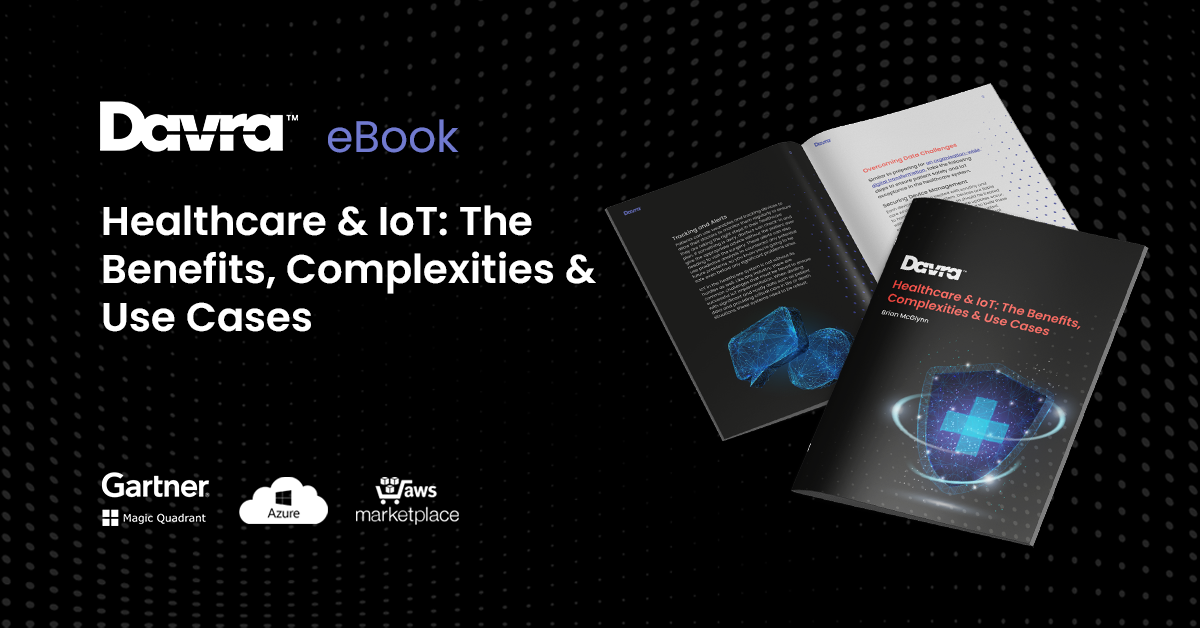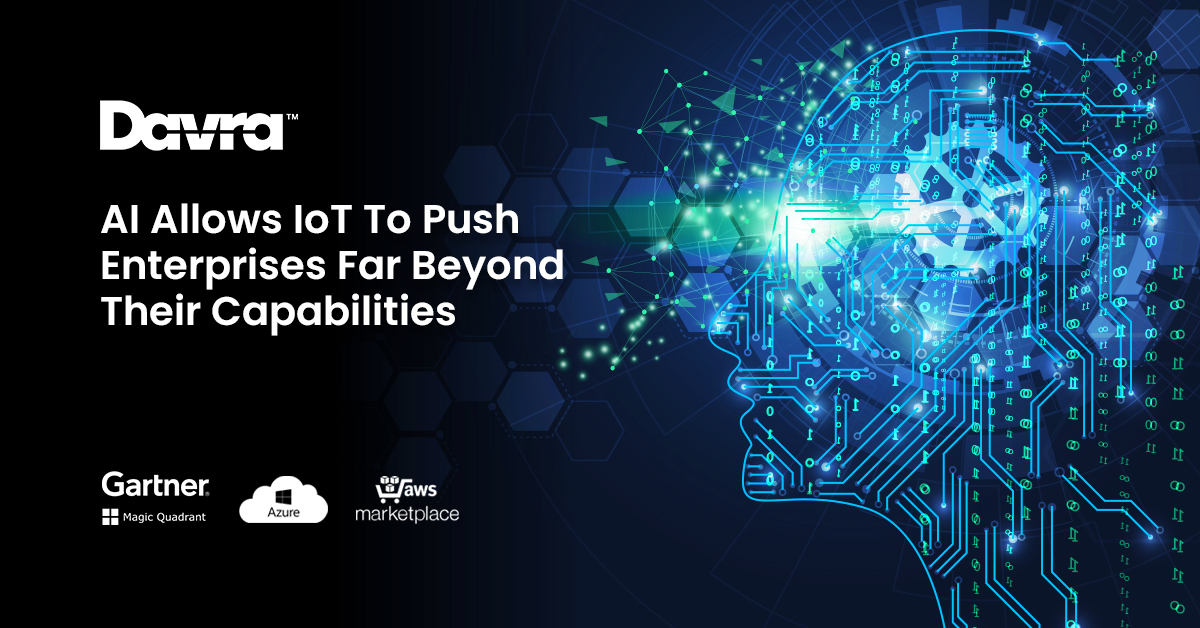IoT in Healthcare Use Cases eBook
Download Your Free IoT in Healthcare Use Cases eBook
Read More


The Industrial Internet of Things is making groundbreaking advancements across the globe and spanning every industry, from manufacturing to healthcare, and also through government-led initiatives to bolster smart cities and buildings. We’re now moving beyond simply connecting devices to our industrial machines, and are instead gathering and collating smart, real-time insights from these machines to provide actionable steps and drive new business decisions.
IoT doesn’t operate to its fullest potential without AI and deep learning, because IoT focuses on the network of sensors that output streams of data and its analytical processes are limited to the analysis of this raw data. AI, on the other hand, allows for much deeper insights. AI enables the generation and amplification of knowledge and predictability using the data that has been developed.
AI allows IIoT to push enterprises far beyond their capabilities due to the nature of machine learning and its intelligent outputs, increasing the speed, scale and understanding of all business decisions.
It’s also important to remember that in order to develop these key insights, enterprises must be feeding the models and processes the right information (remember garbage in, garbage out folks!). Having a business plan broken down into various strategies and knowing what must be measured from the offset makes these device connections and data streams complete and accurate.
Machine learning uses algorithms and computational methods to learn information and insights from data without relying on a fixed equation as a model, and in this approach of unsupervised learning and clustering, the machine learning systems then identify normal and skewed patterns in the data it processes. When something goes astray, it knows or has learned from previous data feeds, to alert because something has deviated from the norm of the model. So if the temperature of a machine goes outside of it’s normal range, it can alert the system rather than having an operator constantly monitoring machines.
So how exactly is AI currently being leveraged in the IIoT? There are 5 core areas where AI and IoT is having a huge impact on industry, especially in manufacturing.
One of the key benefits driving Industry 4.0 and IIoT; predictive maintenance. Instead of scheduling predetermined downtime for machine and operations maintenance, using AI and machine learning along with the IIoT sensors enables the systems to make predictions based on how the machine is operating to figure out when it needs maintenance. This allows for swift planning when the machine goes into maintenance, and also ensures the operations aren’t disrupted due to unnecessary downtime even if the machine is fully operational. Studies on the impact of the AI in predictive maintenance, such as the one carried out by PWC, stress that this ability will reduce costs by 12% and increase uptime by 9% due to the reduction of downtime and costs associated with maintenance processes.
Cobots, or collaborative robots are becoming more commonplace in factories and industry. Cobots are robots that work alongside humans in a collaborative manner, assisting and driving efficiency and speed in the organisation. These robots are driven by AI in order to make smarter decisions in their day-to-day work through real time analytics and processing, and are also programmed in a way to ensure the safety of workers as they go about their day. These robots will also be programmed to spot any errors and improve costs due to their constantly learning and evolving programmes. This in turn makes room for the employees at the organisation to upskill and learn arduous tasks such as computer programming and maintenance.
Due to the faster and competitive markets vying for customer attention, increasing efficient processes and adapting to complex software products, it’s becoming more difficult to produce top-quality goods in a timely manner. Enabling machine learning in the development process can therefore alert managers and developers when a batch of goods is decreasing in quality due to the processing machines’ algorithms. This is similar to how predictive maintenance works, and can also be used in cooperation with the market to assess how to develop products based on the latest trends. AI helps organisations assess the market patterns through dates, locations, socioeconomic characteristics, weather patterns and many more contributing factors. This information can then be used to develop new products, or control inventory and staffing depending on the upcoming predictions.
AI and IoT is not only transforming how businesses operate, but how they can adapt and change their business models to suit customer needs in real-time, build upon their machines through predictive maintenance and increase their team members’ skills due to the introduction of robots. If you would like to discuss how your organisation can benefit from the development of AI and IoT today, please contact us or book a meeting.
Brian McGlynn, Davra, COO
Download Your Free IoT in Healthcare Use Cases eBook

Davra IoT is the only Industrial IoT Platform Available on AWS Marketplace
Read MoreThe Collaboration of Humans & Robots Has Created The Cobot
Read More